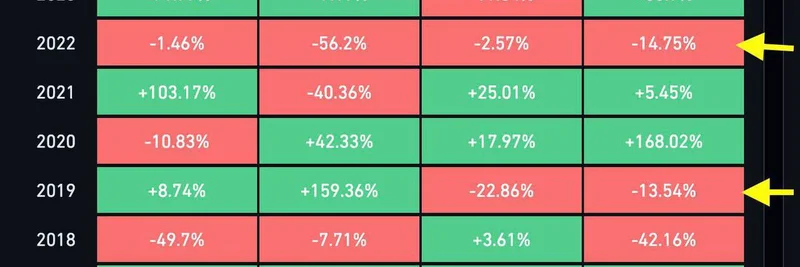In a game-changing move for the crypto world, SEC Chairman Paul Atkins is pushing for a clear set of rules to classify digital assets, which could be a huge win for meme coin creators and investors. Speaking at the Federal Reserve Bank of Philadelphia's Fintech Conference, Atkins called out the old "regulation by enforcement" style as chaotic and harmful, driving innovation away from the U.S. Instead, he's advocating for a straightforward "token taxonomy" to make things predictable and pro-growth.
This shift aligns perfectly with the Trump administration's vision of turning America into the "crypto capital of the world." For meme tokens, which often start as fun, community-driven projects but can quickly blur lines on what's a security, this could mean less fear of sudden crackdowns and more room to experiment.
Breaking Down the Four-Tier Token Taxonomy
Atkins laid out a four-tier system to categorize tokens based on their structure and control. This isn't just bureaucratic jargon—it's a practical guide that could determine how your favorite meme coin is regulated. Here's a quick rundown:
Tier 1: Centralized Securities
These are tokens issued by a central entity with ongoing management, like old-school ICOs. They'd need full SEC registration and disclosures. Think early utility tokens that act like investments. For meme coins, if a project has a strong central team calling the shots, it might fall here initially.Tier 2: Hybrid Assets
Tokens that start centralized but plan to decentralize over time. They get temporary security status but can "graduate" to non-security once truly decentralized. This is exciting for meme tokens evolving from hype launches to community-governed networks, offering a path out of heavy oversight.Tier 3: Decentralized Non-Securities
Fully decentralized tokens with no central control, like Bitcoin or Ethereum. Oversight shifts to the CFTC, with the SEC stepping in only for fraud. Many mature meme coins could aim for this tier, enjoying lighter regulation.Tier 4: Non-Financial Tokens
Pure utility or non-investment items, such as in-game assets or collectibles. These are completely outside SEC's reach. NFTs tied to meme projects? This could be their sweet spot.
By classifying tokens this way, Atkins aims to cut down on ambiguity. No more guessing games—projects would know upfront what rules apply, helping meme token devs focus on building viral communities rather than dodging lawsuits.
Why This Matters for Meme Tokens
Meme coins thrive on speed, humor, and grassroots momentum, but regulatory uncertainty has been a buzzkill. Under the previous approach, many felt like they were playing whack-a-mole with the SEC. Atkins' framework promises to change that, keeping strong anti-fraud protections while encouraging innovation.
For blockchain practitioners dipping into memes, this means easier access to U.S. markets without fleeing offshore. It could spark a wave of new projects, blending tech advancements with cultural vibes. Imagine meme tokens integrating DeFi features or AI without constant legal headaches.
Of course, the devil's in the details—like how "decentralized" is defined. But overall, this signals a friendlier era for crypto in the States.
Check out the original post from MartyParty on X for the full scoop. As the landscape evolves, stay tuned to Meme Insider for more updates on how these changes ripple through the meme token ecosystem.




